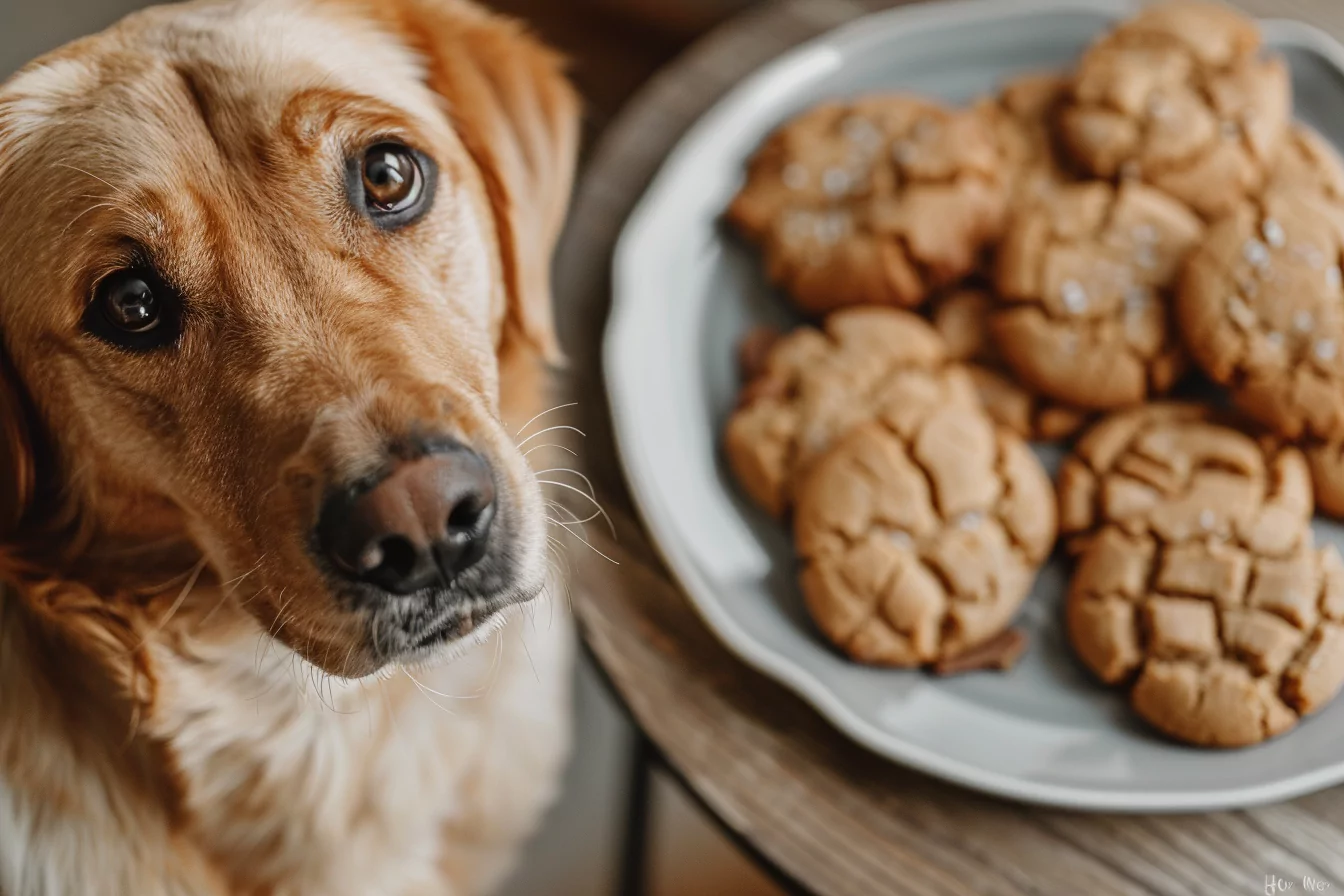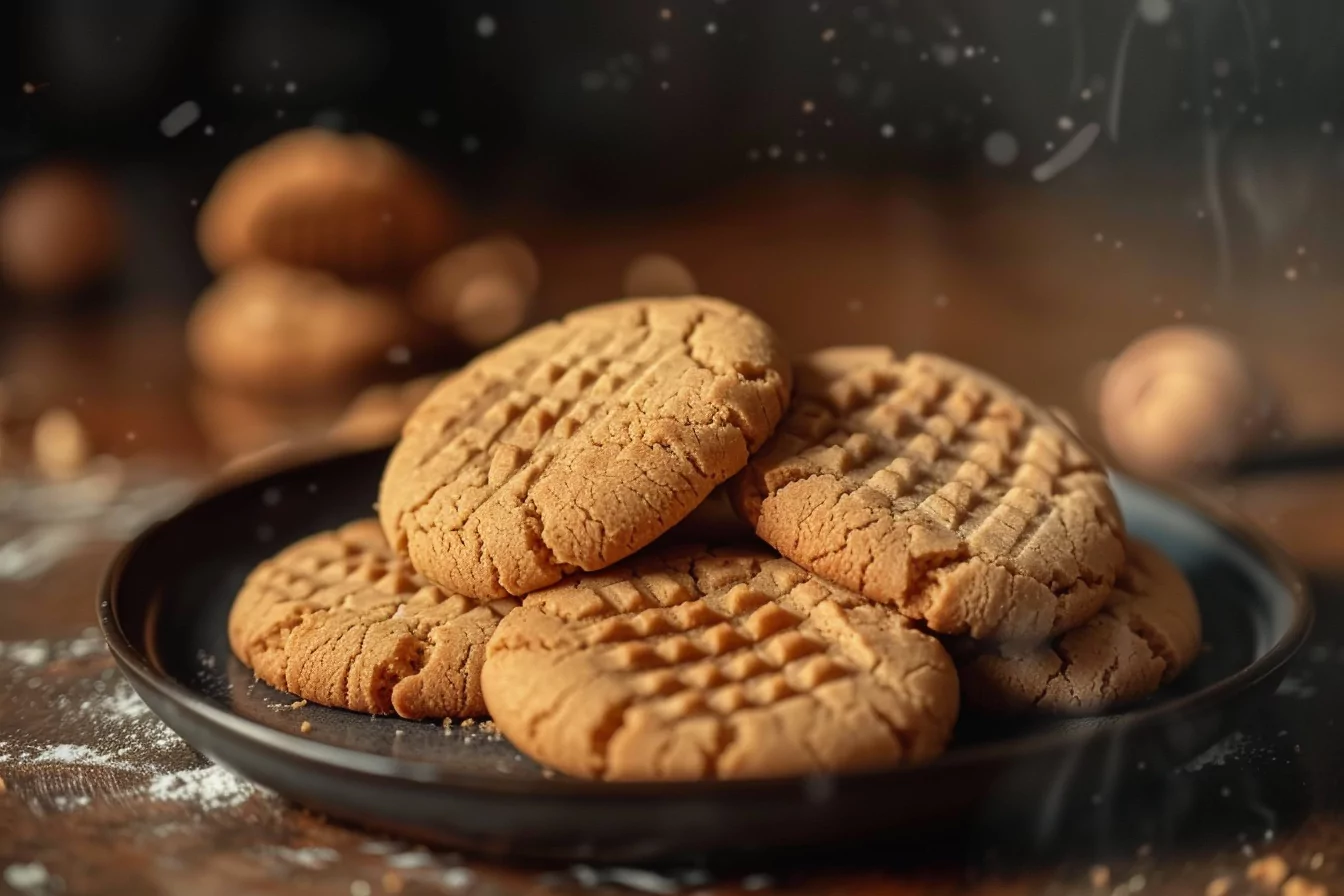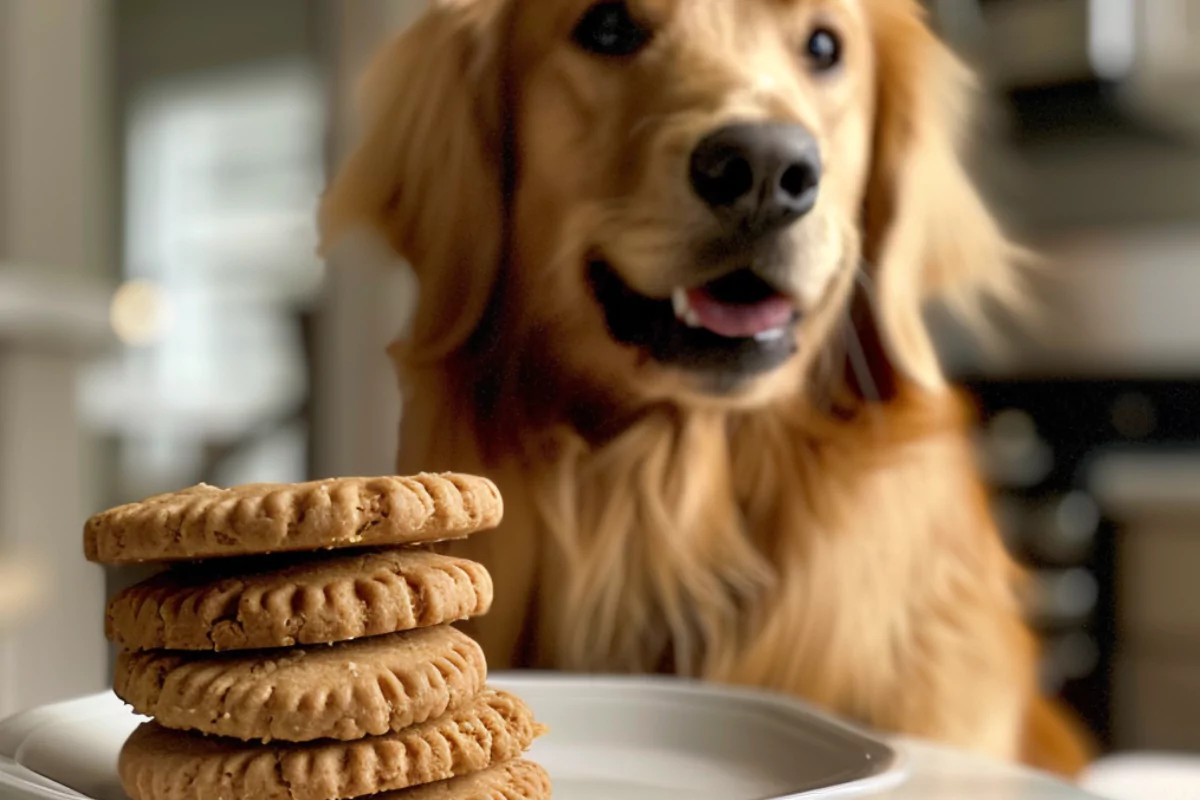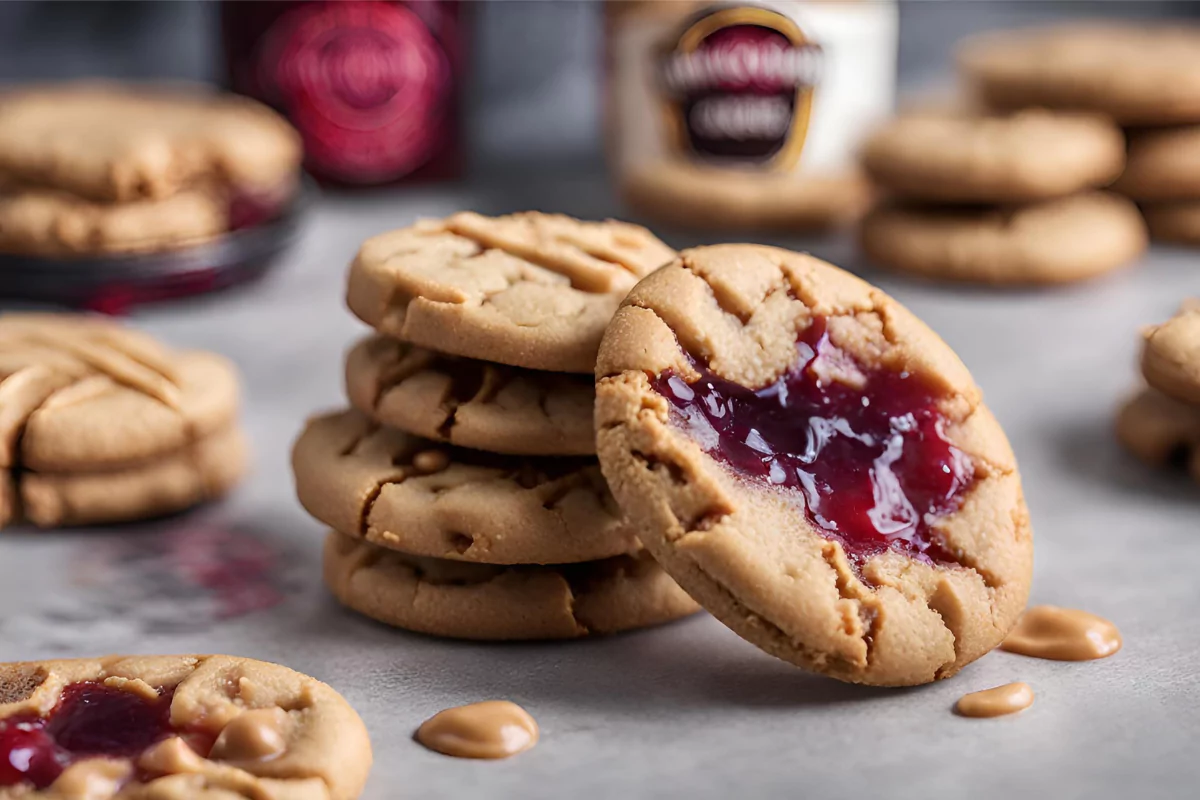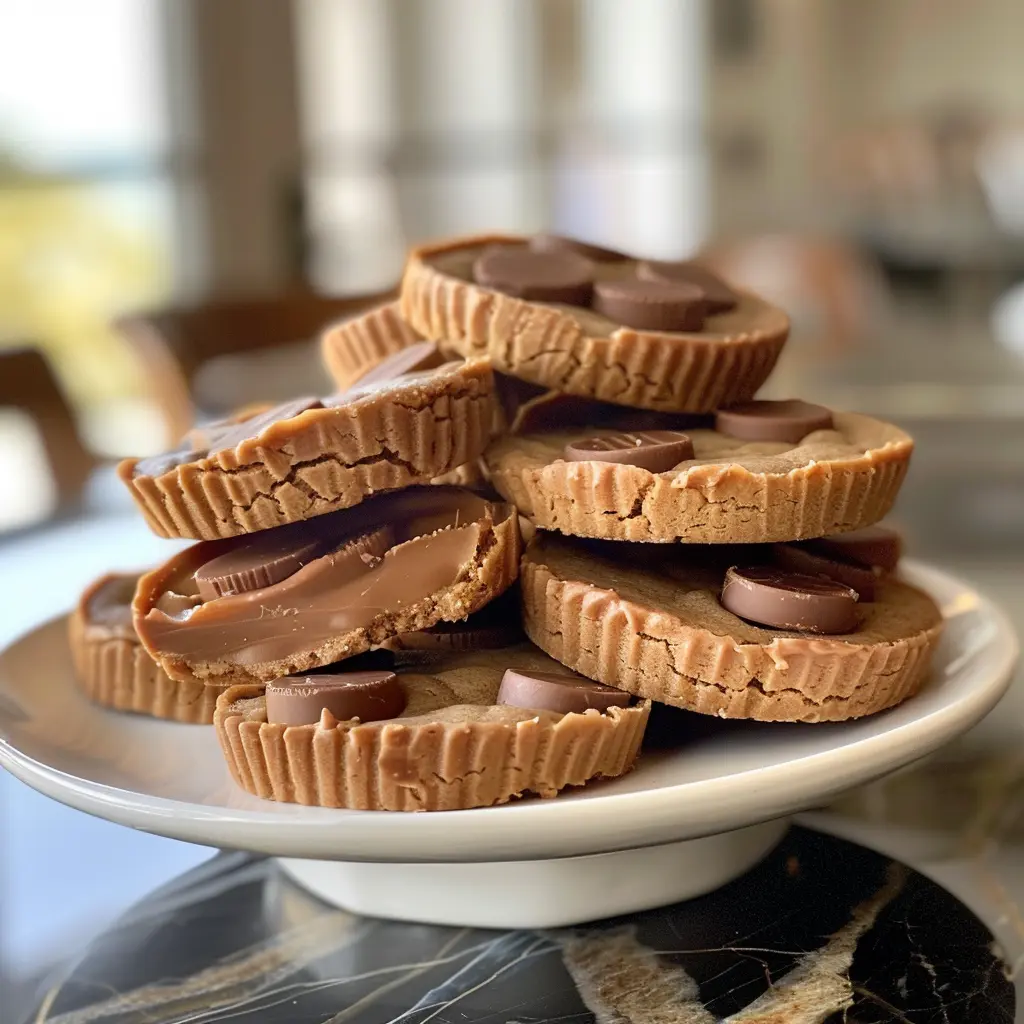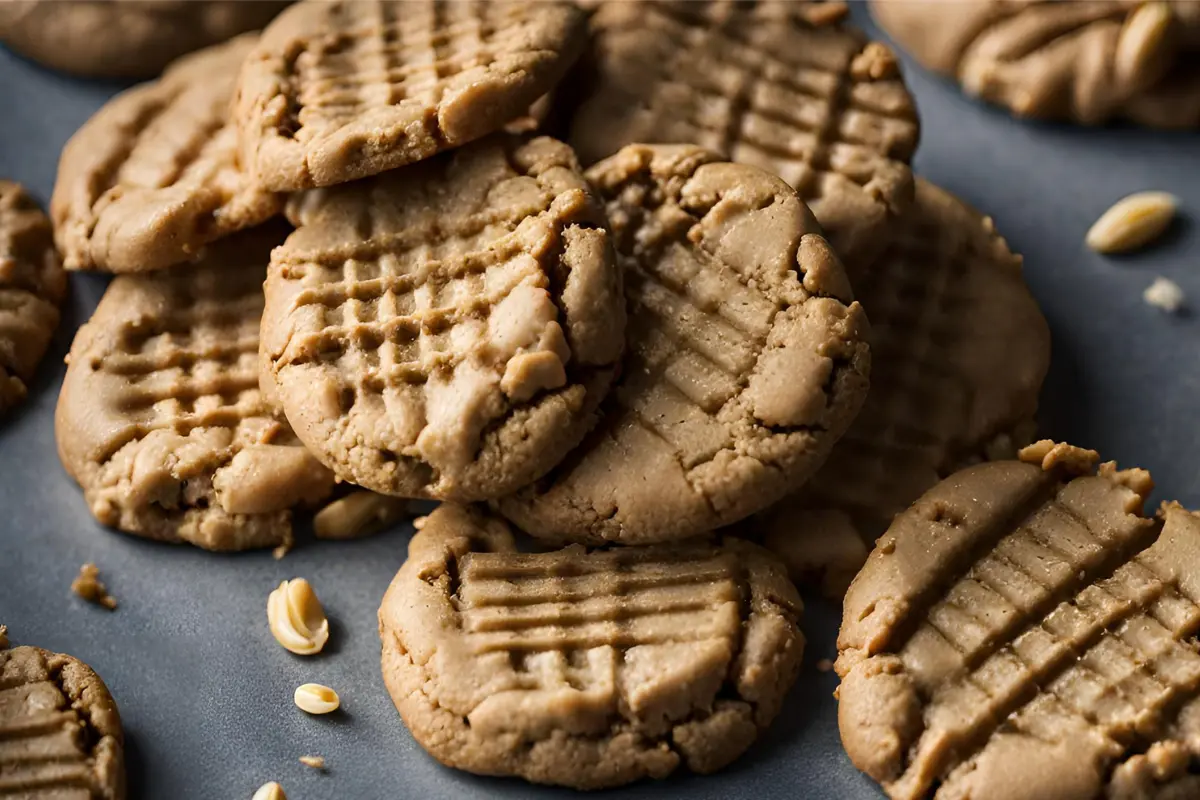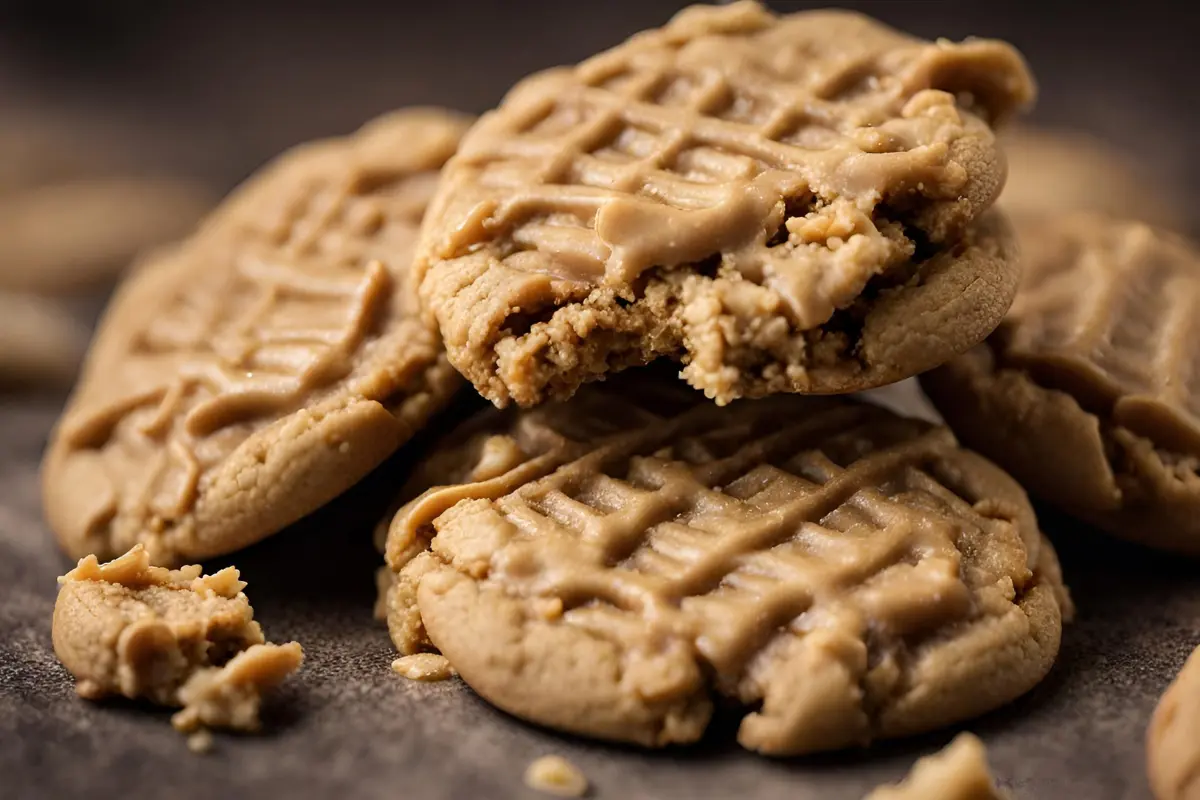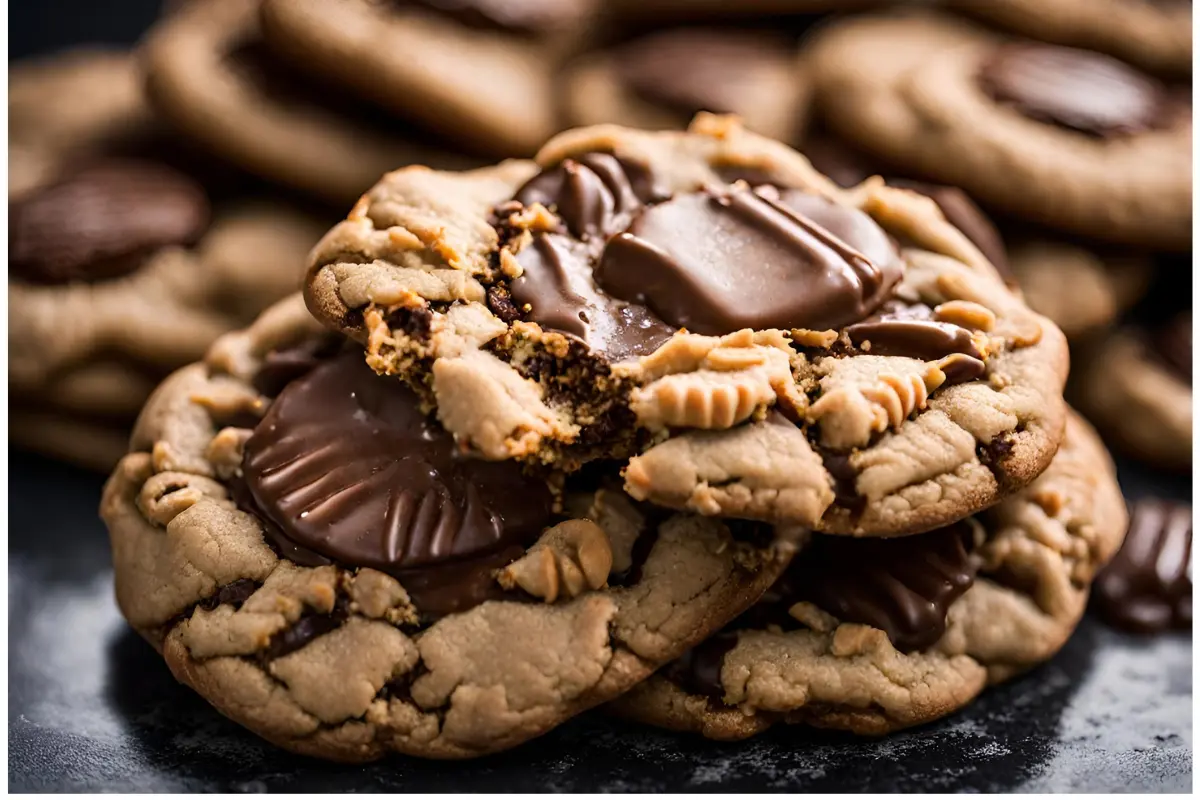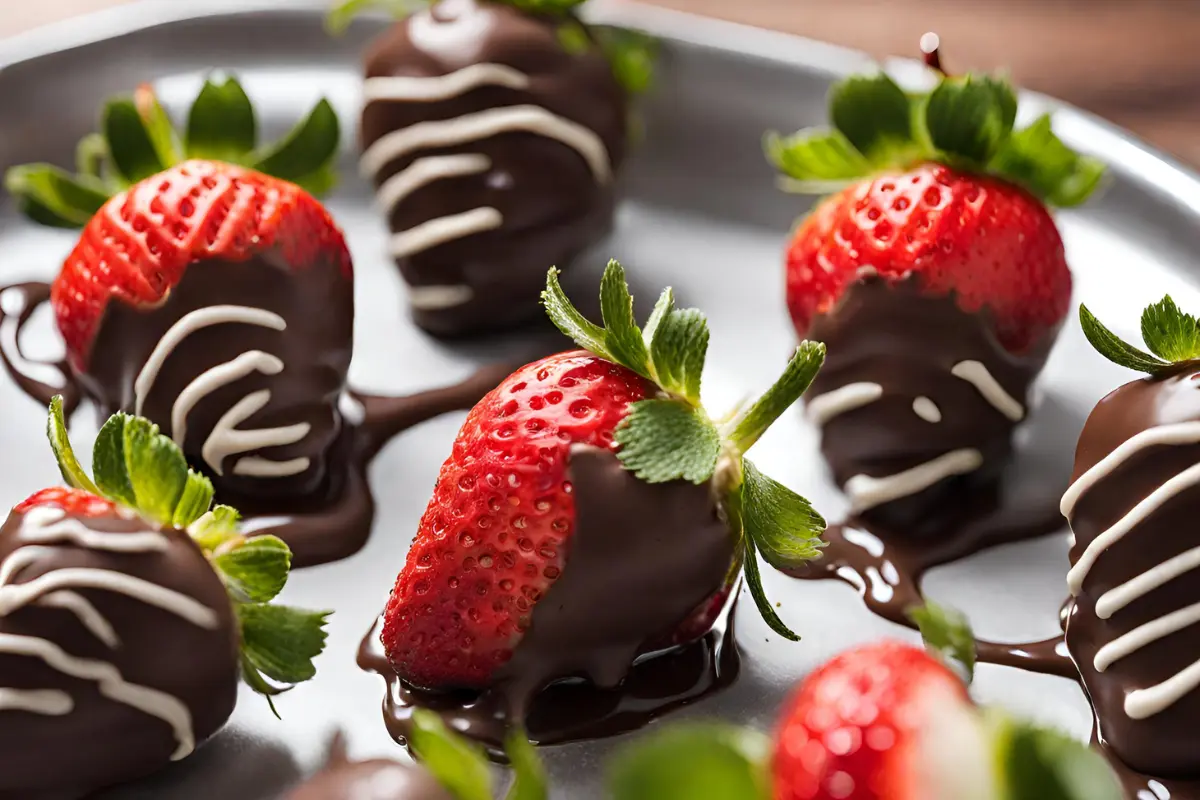Introduction and Overview
Are you a dog owner curious about whether you can share your favorite snack with your furry friend? Specifically, can dogs have peanut butter cookies? This article dives deep into the safety, risks, and possible recipes for peanut butter cookies suitable for dogs. We’ll explore everything from the potential dangers of certain ingredients to how you can whip up a safe, tasty treat for your pet. So, buckle up and let’s find out more about dogs and peanut butter cookies.
Can Dogs Have Peanut Butter Cookies? Understanding the Topic
Many dog owners love sharing their snacks with their pets, but when it comes to peanut butter cookies for dogs, there are several things to consider before handing over a treat. While peanut butter itself can be a healthy occasional snack for dogs, the additional ingredients in peanut butter cookies may not be safe. Let’s break down what you need to know about these sweet treats and your canine pals.
Is It Safe for Dogs to Eat Peanut Butter Cookies? Safety Considerations
When pondering if dogs eating peanut butter cookies is a good idea, the first thing to check is the ingredient list. Two major ingredients can turn a harmless treat into a danger zone: chocolate and xylitol. Chocolate is widely known to be toxic to dogs, and xylitol, an artificial sweetener found in many sugar-free foods, can be lethal for your pet. Ensuring these substances are absent is crucial before considering sharing any cookie with your dog.
Moreover, the overall nutritional content of peanut butter cookies typically includes high amounts of sugar and fat, which, although tempting, can contribute to obesity and related health issues in dogs if consumed regularly. Thus, while your dog might glance longingly at your peanut butter cookie, think twice about the implications for their health.
Stay tuned for the next part where we’ll delve into the potential risks and benefits of peanut butter for dogs, helping you make an informed decision about treating your furry friend.
Risks and Benefits
Potential Risks of Peanut Butter Cookies
While peanut butter can be a delightful treat for dogs, peanut butter cookies come with some potential risks. The cookies might contain harmful ingredients like xylitol, which can lead to severe health problems in dogs, including liver failure. Moreover, the sugar and fat content of these cookies can cause obesity and other health issues if consumed excessively.
Besides that, some dogs may have allergies to peanuts or other ingredients in the cookies. Symptoms like itching, red skin, and digestive distress can occur if a dog has an adverse reaction. In extreme cases, consuming peanut butter cookies could lead to pancreatitis due to the high-fat content. It’s essential to be mindful of these risks before sharing your favorite treat with your furry friend.
Potential Benefits of Peanut Butter
Despite the potential risks, there are benefits to feeding dogs peanut butter in moderation. Peanut butter contains healthy fats, proteins, and niacin, all beneficial for a dog’s health. Healthy fats contribute to skin health, while protein supports muscle development and immune function. Niacin helps with energy production and digestive health.
The key is moderation and choosing the right type of peanut butter. Natural, unsalted, and organic peanut butter without added sugar or harmful additives is the safest option. Given as an occasional treat, peanut butter can be a fun snack for dogs and a useful tool for training or dispensing medication.
Recipes and Alternatives

Homemade Peanut Butter Cookie Recipes for Dogs
Homemade peanut butter cookies can be a safer alternative for your dog because you control the ingredients. Here’s a simple recipe: mix 2 cups of flour, 1 cup of natural peanut butter, 1 egg, and a teaspoon of baking powder. Shape the dough and bake at 350°F until golden brown. Always use natural peanut butter without xylitol or added sugars.
Alternatives to Peanut Butter Cookies for Dogs
If you want to avoid peanut butter cookies altogether, there are plenty of other treats for dogs. Natural peanut butter itself is a great option; you can give it to your dog directly or spread it on a toy. Other alternatives include homemade treats using dog-friendly ingredients and commercial dog treats specifically formulated for canine consumption.
How to Recognize and Address Peanut Butter Poisoning in Dogs
Signs of Peanut Butter Poisoning
While peanut butter is often a delightful treat for dogs, poisoning can occur if they consume harmful ingredients like xylitol. Recognizing the symptoms of peanut butter poisoning is crucial for early intervention. Look out for signs like vomiting, lethargy, loss of coordination, and seizures. If your dog exhibits these symptoms after consuming peanut butter cookies, immediate veterinary care is essential.
What to Do If Your Dog Eats Harmful Peanut Butter
If your dog accidentally consumes peanut butter containing harmful ingredients, quick action is vital. For advice, get in touch with a pet poison control center or your veterinarian right away. Providing them with information about the ingredients will help determine the best course of action. In some cases, inducing vomiting might be recommended, but only do this under professional advice to avoid complications.
Prevention Strategies
Preventing peanut butter poisoning involves being vigilant about what your dog consumes. Always check the ingredient list of any peanut butter product for xylitol or other harmful substances before giving it to your dog. Store harmful foods out of reach and educate family members about the dangers of sharing certain snacks with pets. Keeping harmful products away from your dog is a proactive way to prevent accidental poisoning.
Supporting Recovery
If your dog has experienced peanut butter poisoning, follow your veterinarian’s advice for recovery. This might involve dietary changes, medication, or other supportive care. Monitoring your dog’s health closely during recovery will help ensure they bounce back quickly. In the future, consider safer alternatives and always consult your vet before introducing new treats into your dog’s diet.
Special Considerations for Different Dog Breeds and Ages
Tailoring Treats to Different Breeds
When considering whether dogs can have peanut butter cookies, it’s crucial to factor in the breed of your dog. Some breeds, particularly smaller ones, have unique dietary needs and tolerances. For example, small dog breeds like Chihuahuas are more prone to obesity, so high-calorie treats should be given sparingly. Larger breeds might tolerate peanut butter better, but even they require moderation to avoid excessive weight gain.
Age-Related Considerations
Puppies and senior dogs have different nutritional needs compared to adult dogs. Puppies are still developing, and their diets should primarily focus on essential nutrients for growth, making high-sugar treats less suitable. Senior dogs may have health issues such as obesity or diabetes, which require careful dietary management. For these age groups, it’s better to opt for healthier treats that align with their specific dietary needs.
Managing Special Dietary Needs
Some dogs have special dietary needs due to health conditions or allergies. If your dog has a health issue, such as diabetes or a peanut allergy, peanut butter cookies might not be suitable. Instead, it’s essential to find alternative treats that align with their dietary restrictions. Consulting with a veterinarian can help you navigate these special needs and ensure your dog stays healthy.
Monitoring and Adjusting Diets
Even if your dog can have peanut butter cookies, it’s crucial to monitor their response and adjust their diet accordingly. Watch for any signs of discomfort or health issues after introducing new treats. Regular check-ins with your vet can help ensure your dog’s diet is balanced and that any adjustments align with their health and nutritional needs.
Monitoring Your Dog’s Health When Consuming Peanut Butter

Importance of Monitoring
When feeding your dog peanut butter, it’s crucial to keep an eye on their health and behavior. Monitoring ensures that you catch any adverse reactions or potential issues early. For example, symptoms such as vomiting, diarrhea, itching, or lethargy could indicate an allergy or intolerance. Being vigilant allows you to adjust your diet accordingly.
Recognizing Allergic Reactions
Some dogs may be allergic to peanuts or other ingredients commonly found in peanut butter cookies. Signs of an allergic reaction can include itching, redness, hives, or difficulty breathing. If your dog exhibits any of these symptoms, you should discontinue feeding them peanut butter and consult a veterinarian immediately. It’s better to be cautious, as allergic reactions can escalate quickly in dogs.
Maintaining a Balanced Diet
While peanut butter can be a tasty treat, it should only be a small part of your dog’s overall diet. Maintaining a balanced diet is vital for your dog’s health and well-being. Make sure that peanut butter and other treats don’t displace more nutritious meals or lead to excess calorie intake. Your dog’s regular food should provide a balanced mix of nutrients, while peanut butter should be an occasional supplement or reward.
Consulting with a Veterinarian
If you’re unsure about how much peanut butter is safe for your dog or if you have concerns about their health, it’s always best to consult with a veterinarian. They can provide personalized advice based on your dog’s size, age, health, and dietary needs. Regular check-ups can also help identify potential issues early and ensure that your dog stays healthy while enjoying occasional treats like peanut butter cookies.
How to Incorporate Peanut Butter into Your Dog’s Diet
Peanut Butter as a Training Tool
For dog training, peanut butter can be a very useful tool. The key is to use it in moderation and as a high-value reward for specific training milestones. Spread a small amount on a spoon and let your dog lick it as a treat after performing a desired behavior. This helps reinforce positive behavior and provides a tasty incentive.
Peanut Butter as a Food Topper
Another way to incorporate peanut butter into your dog’s diet is by using it as a food topper. A small dollop of peanut butter on top of your dog’s regular food can make mealtime more exciting, especially for picky eaters. This method also allows you to introduce new flavors to your dog’s diet gradually.
Peanut Butter in Interactive Toys
Using peanut butter in interactive toys like KONGs is a great way to keep your dog engaged. Fill the toy with a small amount of peanut butter and let your dog work to get it out. This provides mental stimulation and a rewarding treat, keeping your dog occupied for longer periods.
Moderation and Monitoring
No matter how you choose to incorporate peanut butter into your dog’s diet, moderation and monitoring are crucial. Too much peanut butter can lead to weight gain and digestive issues. It’s essential to keep an eye on your dog’s weight and health, adjusting the amount of peanut butter given accordingly. Consulting your veterinarian can also help you determine the appropriate amount for your dog’s specific needs.
Best Peanut Butter Brands for Dogs

Recommended Brands
When choosing a peanut butter brand for your dog, it’s essential to focus on natural, unsweetened, and salt-free options. A few brands that fit this profile include Green Coast Pet Pawnut Butter, KONG Real Peanut Butter Tube, and Poochie Peanut Butter. These brands offer products that are free from harmful additives and preservatives, ensuring your dog gets a healthy treat.
Factors to Consider
When picking peanut butter for your furry friend, there are a few crucial factors to keep in mind. Always check the ingredient list for xylitol, a sweetener that’s toxic to dogs. Opt for organic and natural products that contain minimal ingredients to avoid unnecessary additives and preservatives. The simpler the ingredient list, the better. Additionally, portion control is vital as peanut butter is calorie-dense. Use it sparingly to avoid overfeeding your pet.
Using Peanut Butter as a Treat
Peanut butter can be used in interactive toys like KONGs to entertain your dog. It’s also useful as a training treat or as a food topper to entice picky eaters. Just ensure you monitor portion sizes and keep an eye on your dog’s weight to prevent obesity.
Frequently Asked Questions
Can dogs eat peanut butter cookies?
It’s generally best to avoid giving dogs peanut butter cookies because of their high sugar content. However, a small piece now and then is usually not harmful.
Can dogs eat peanut butter and jelly?
No, dogs should avoid this combo since jelly contains high levels of sugar, which can be unhealthy for them.
Can dogs eat peanut butter with palm oil?
Yes, peanut butter with palm oil is generally safe for dogs. However, it’s still essential to check for other harmful ingredients.
Can dogs eat peanuts?
Yes, dogs can eat peanuts in moderation, as long as they’re unsalted and dry-roasted.
Can peanut butter make my dog constipated?
It’s unlikely, but too much of any treat, including peanut butter, can pose risks, so moderation is key.
These questions address common concerns about feeding dogs peanut butter and related products, highlighting essential points like ingredient safety and moderation.
Conclusion
Summary of Risks and Considerations
When addressing whether dogs can have peanut butter cookies, it’s crucial to balance the potential risks and benefits. The key risks include xylitol poisoning, obesity, and digestive issues. Considering the ingredients and your dog’s health is essential before feeding them these treats.
Final Recommendations for Feeding Dogs Peanut Butter Cookies
Feeding dogs peanut butter cookies can be safe when done responsibly. However, homemade treats or safer alternatives are often a better choice. Always read ingredient labels carefully and consult a veterinarian for personalized advice, especially if your dog has health conditions.
